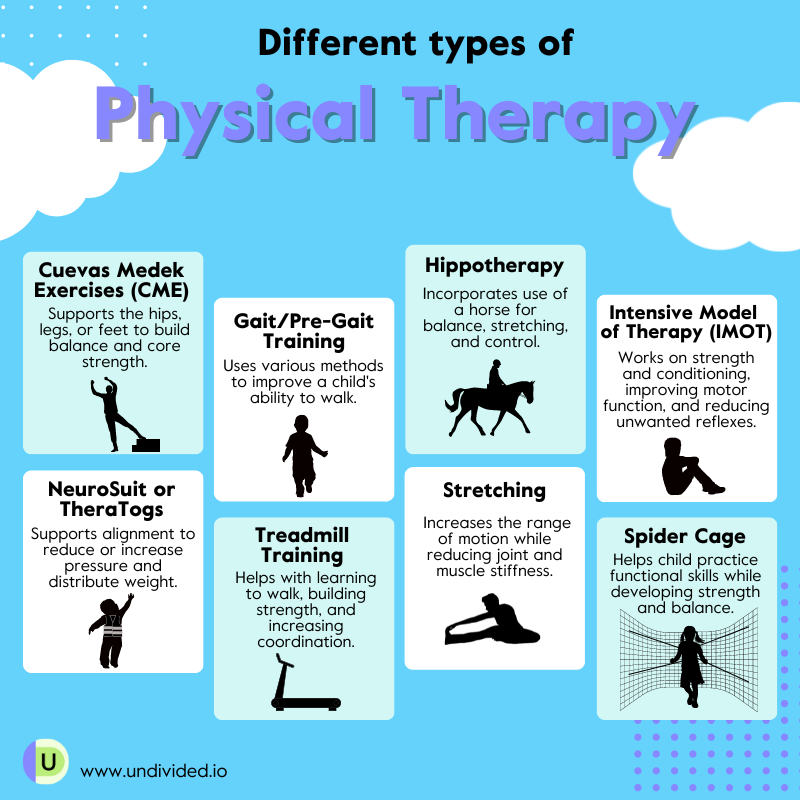Perfecting this Art of Workplace Design to Optimize Comfort and Performance in Workspaces
Perfecting this Art of Workplace Design to Optimize Comfort and Performance in Workspaces
Blog Article
Elevating the principle of ergonomics is critical for designing office setups that promote comfort and work output. Ergonomics is the study of engineering task areas, tools, and tasks to accommodate the requirements of team members. By addressing how individuals interact with their physical environment, businesses can minimize strain and prevent repetitive stress disorders. An ergonomic workspace supports efficient movement and minimizes strain, which can lead to improved performance and satisfaction among employees.
One important element of ergonomic planning is the placement of workstation elements and tools. Work surfaces should be at a position that permits workers to sit with their elbows at a 90-degree angle while typing. Ergonomic seats should deliver sufficient reinforcement for the lower back, promoting good posture. Additionally, monitors should be positioned at eye level to prevent neck strain. By ensuring that these elements are properly adjusted, workers can sustain a neutral position throughout their assignments, minimizing fatigue and boosting cognitive performance.
Another notable dimension in an optimized workspace is the use of ergonomically-designed technologies and equipment. This includes input devices, pointing devices, and other instruments engineered to minimize cumulative trauma disorders. For instance, using an ergonomic keyboard find out here now can help reduce wrist pain caused by prolonged typing. Furthermore, modular seating systems and convertible desks empower employees to modify their position throughout the day, which can ease physical stress and boost energy levels. Investing in quality ergonomic furnishings can generate optimal work habits and higher productivity rates.
Visual conditions is also a core pillar in workspace ergonomics. Effective lighting can reduce eye strain and make it easier to engage with their work activities. Daylight is ideal, but if that is not accessible, using customizable artificial lighting can assist in create a inviting atmosphere. It is necessary to avoid glaring fluorescent lights that may trigger headaches or fatigue. By providing ergonomic lighting, organizations can foster an environment that supports both visual ergonomics and work quality.
In closing, promoting scheduled breaks is key for sustaining an ergonomic workspace. Reminding staff to take brief breaks can help disperse bodily stress and cognitive strain. During these breaks, workers should that site be encouraged to move around or change location to support blood flow. Structuring scheduled break times can facilitate build a routine that protects employee wellness without sacrificing work results. Ultimately, mastering ergonomics in the workplace not only enhances physical health but also cultivates a more productive work culture where professionals can excel.